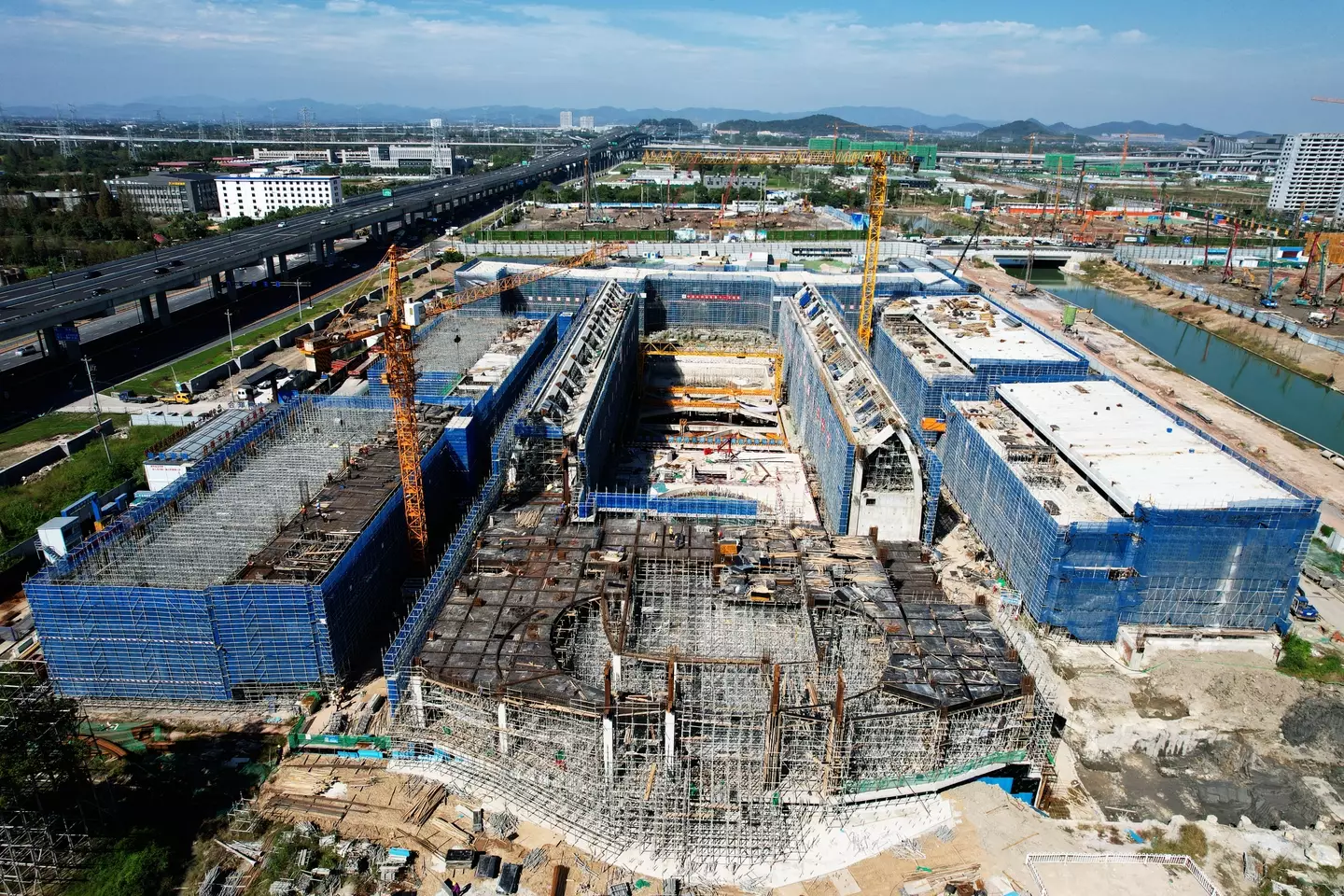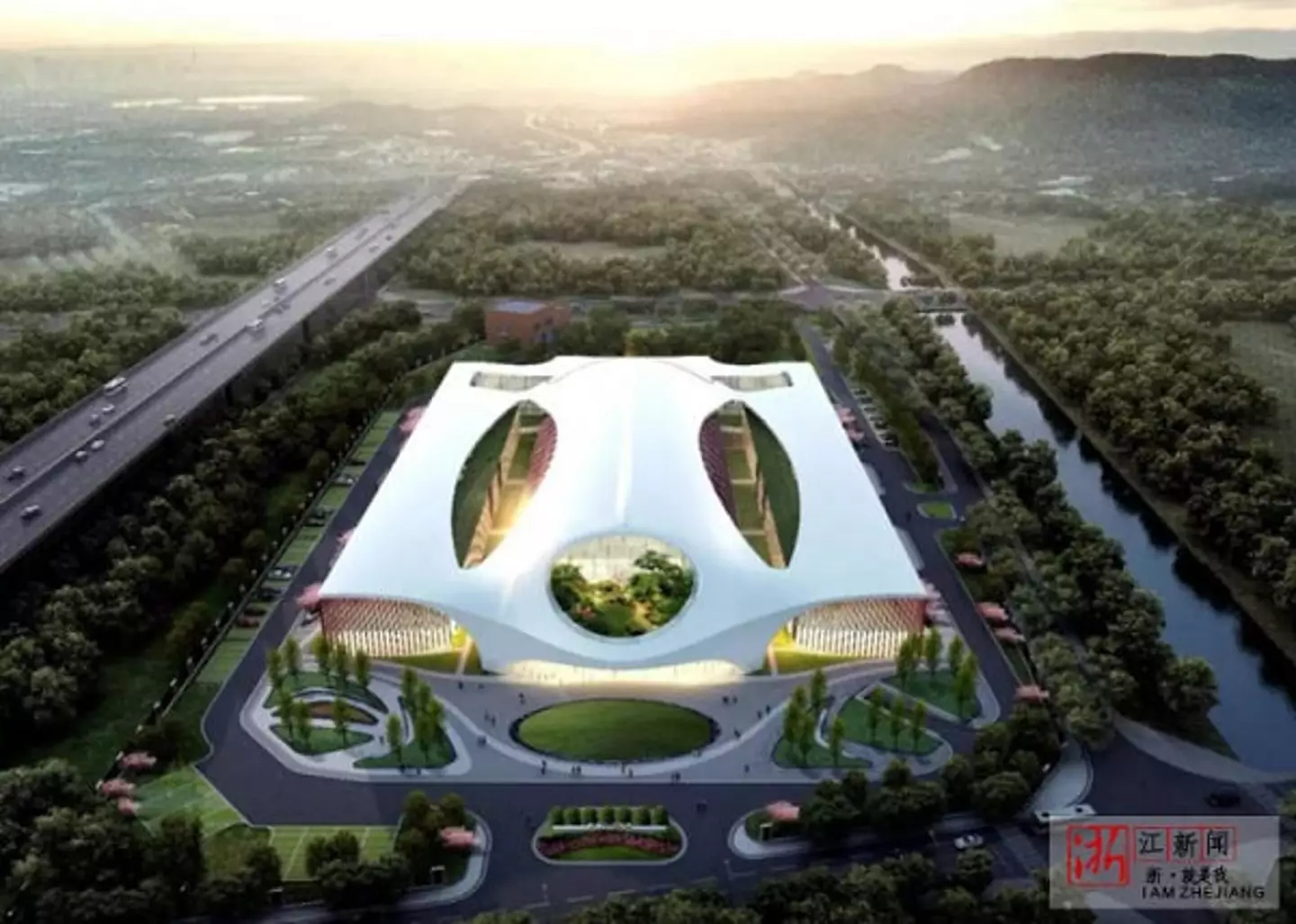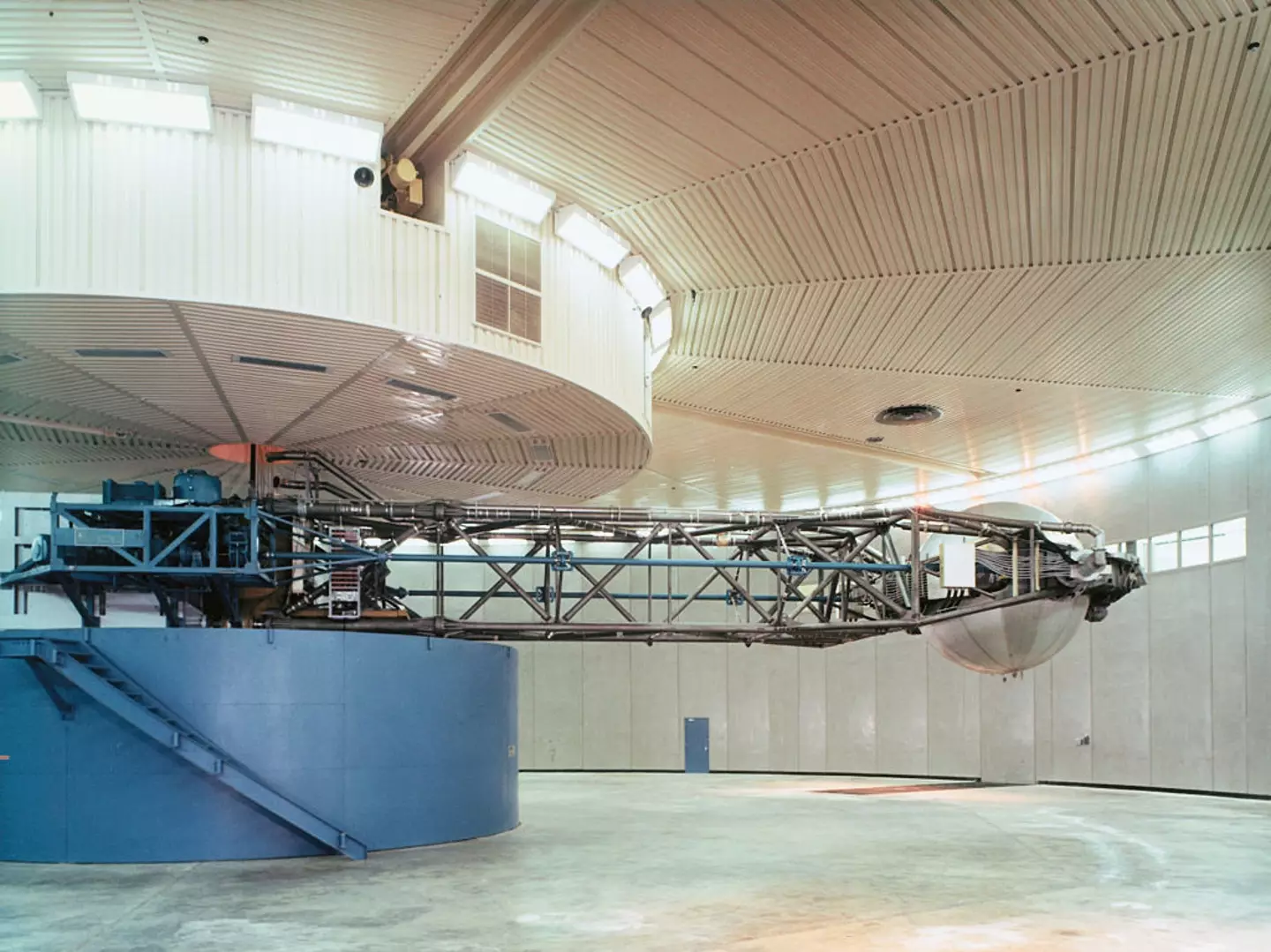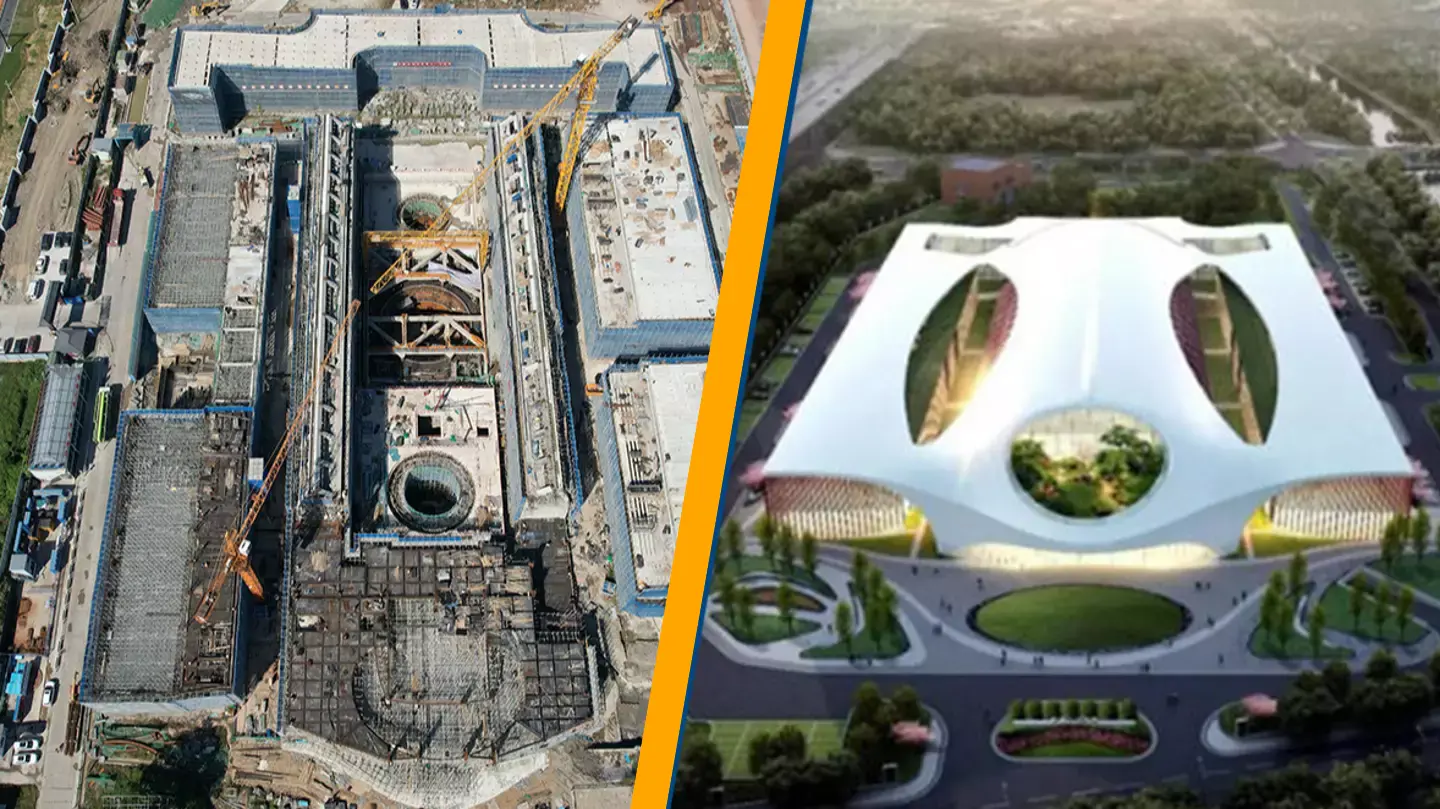Researchers in China have unveiled a new facility costing $276.5 million, designed to generate gravity 1,900 times stronger than Earth’s.
Construction of the Centrifugal Hypergravity and Interdisciplinary Experiment Facility (CHIEF) commenced at Future Sci-Tech City in Hangzhou in 2020, and now one of its advanced centrifuges is operational.
This facility is said to house the world’s largest centrifuge, capable of ‘compressing’ time and space, facilitating research into complex physics and engineering issues.
The project received approval from the national government in 2018, with a reported expenditure of $276.5 million, according to the South China Morning Post.

This complex consists of six hypergravity experiment chambers and will support research in areas such as slope and dam engineering, seismic geotechnics, as well as deep-sea and deep-earth engineering.
Studies will also include geological processes and materials processing.
The centrifuge, a massive spinning arm, carries a payload and spins rapidly to create artificial gravity stronger than the 1G experienced on Earth.
NASA has noted that artificial gravity might be essential for astronauts traveling to Mars.
The movement of the arm generates centrifugal force, helping to simulate conditions for testing material strengths in various scenarios.

For example, materials used in rockets and other spacecraft can be evaluated against the microgravity effects encountered in orbit.
The facility can also be used to gain insights into Earth’s environment, such as the formation of mountains and river flood impacts on dams.
Chen Yunmin, a professor at Zhejiang University leading the CHIEF project, mentioned that the facility allows ‘scientists to observe the transport of pollutants that in nature would take tens of thousands of years.’
According to New Atlas, CHIEF can handle a centrifuge capacity of 1,900 g-t (gravity acceleration × ton) and payloads reaching up to 32 tons.
This surpasses the US Army Corps of Engineers’ facility, which manages 1,200 g-t.

NASA’s Goddard Space Flight Center in Maryland, once among the largest facilities globally a decade ago, has a centrifuge capable of accelerating a 2.5-ton payload up to 30G, which is minor compared to CHIEF.
This earlier facility measured up to 140 feet in diameter and reached rotational speeds of 156 mph (250 km/h).
The precise dimensions of CHIEF’s three main centrifuges have yet to be released.
The Hangzhou government stated that the ‘first phase of commissioning’ at CHIEF is scheduled to occur this year as planned.

